TOURISM BOARD
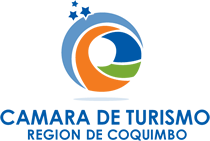
COQUIMBO TOURISM BOARD
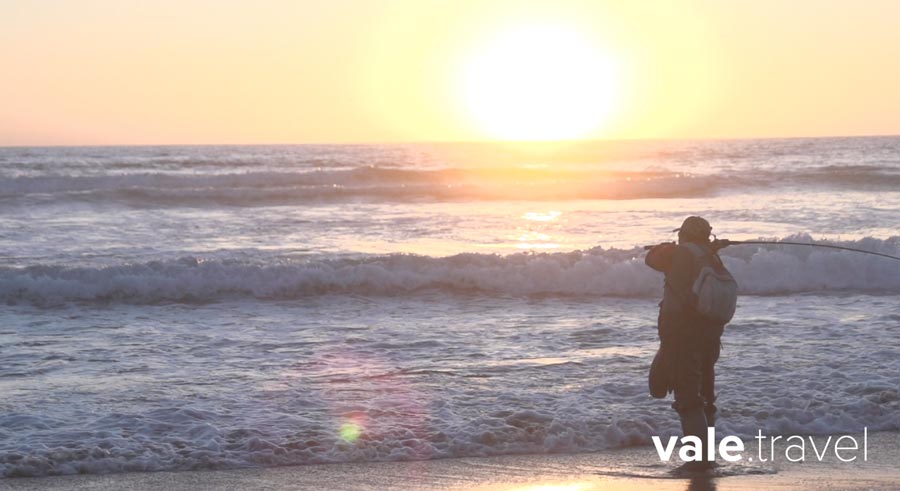
COQUIMBO
Located at 462 km to the north of Santiago, Coquimbo offers to the visitor a varied offer of touristic services and alternatives to spend free time. In a single destination it is possible to live a unique experience in which you can mix history, nature, culture, gastronomy and adventure.
Whoever visits Coquimbo must walk through the streets of the English Neighborhood, an old and completely remodeled zone that stands out for the architecture of the 19th century, where cultural activity and a wide range of gastronomic establishments, pubs and cafes are located.
Mandatory walks by the city include the Cross of the Third Millennium, which with its 93 meters of height exceeds even the famous Cristo Redentor in Brazil, offering an imposing 360 degree panorama over the cities of Coquimbo and La Serena, the fishing port, the historic and cultural neighborhood of Guayacán, the Palace Cultural Center, the Coquimbo Fort and The Mohammed VI Islamic Cultural Center, a replica of the Kutubia Mosque in Marrakesh (Morocco), built in stone masonry of gray, white and pink marble.
The fans of navigation can make entertaining walks in front of the coasts of the city, where you can observe birds and marine fauna. To the south, the coastal edge of Coquimbo shows us its extensive beaches and bays of soft sand.
The spas of Peñuelas, La Herradura, Totoralillo, Las Tacas, Morrillos, Las Mostazas, Guanaqueros, Playa Blanca and Tongoy, among the most important, invite you to enjoy the sun, white sands and crystalline temperate waters, accompanied by services of first level.
Coquimbo is an ideal city to walk at any time of the year and take a few days to know its culture and history, discovering the geography in which reside its myths and legends.
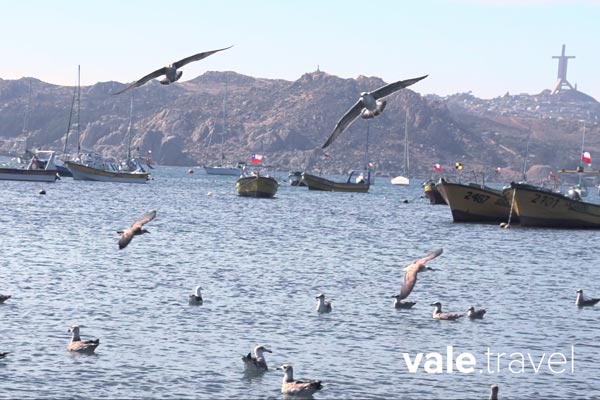
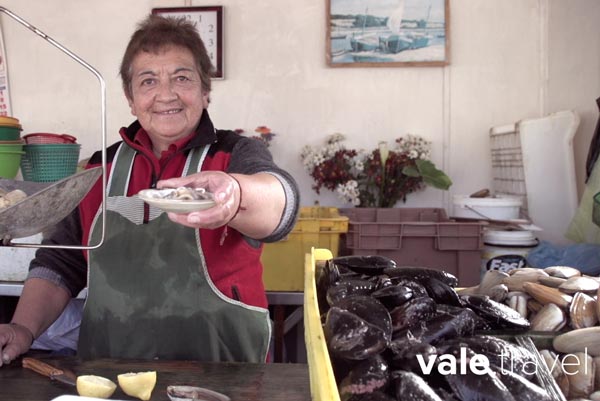
TONGOY
Traditional spa located to the south of Coquimbo, which rises on a small peninsula in the wide bay that forms the mountain range called Lengua de Vaca. Tongoy has attractive hotel facilities, cabins and restaurants.
Visiting the home of the writer Víctor Domingo Silva, the Mirador Cerro La Virgen, the wetlands and Hacienda Tangue are some of most important panoramas in this peninsula.
Playa Grande de Tongoy, beach of 14 km long, is suitable for bathing and for sport fishing. This beach concentrates the gastronomic offer of Tongoy being possible to enjoy oysters and especially of ostiones (Chilean oysters), the top product of the spa.
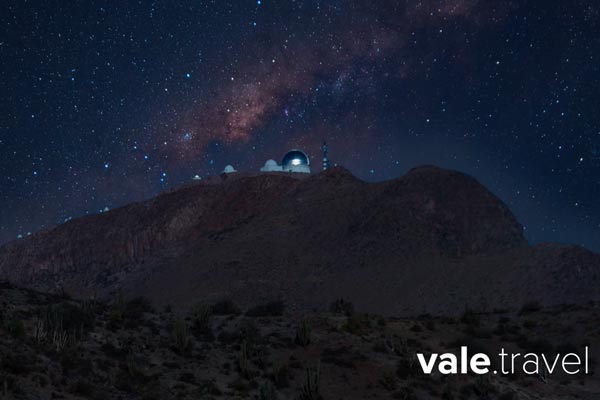
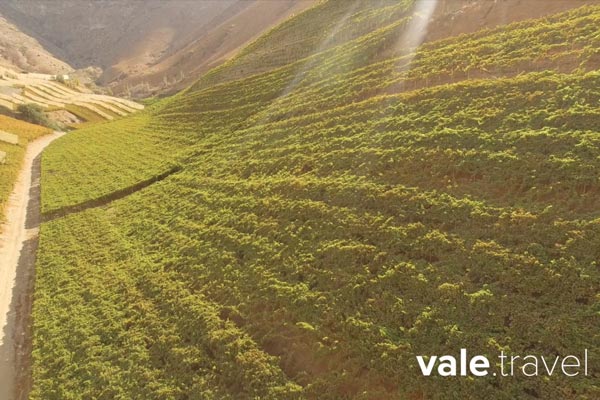
ELQUI VALLEY
Be amazed with the Elqui Valley! This destination has the highest concentration of astroturistic offer in Chile, result of one of the cleanest skies in the world. Six decades of scientific astronomy and 20 years of astroturism satisfy the need for new and exciting touristic experiences, through observatories and adventure tourism, which incorporate the observation of the sky in its services.
The Elqui Valley is one of the favorite destinations in Chile, because of its extraordinary weather, clean skies, low humidity and pleasant temperatures. The imposing hills form a narrow landscape, in a symphony of colors that emanates from the vineyards, crops, native vegetation and wild land, where the national drink, Chilean Pisco, is born.
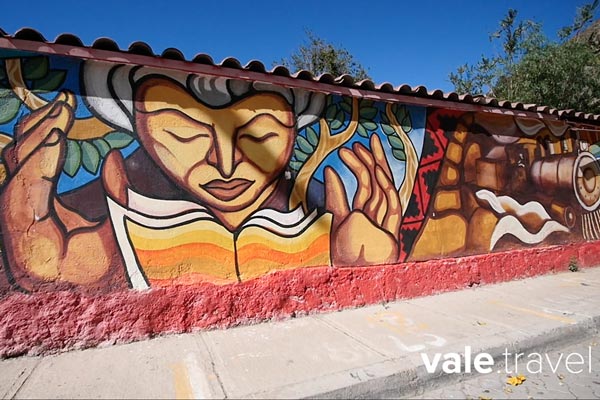
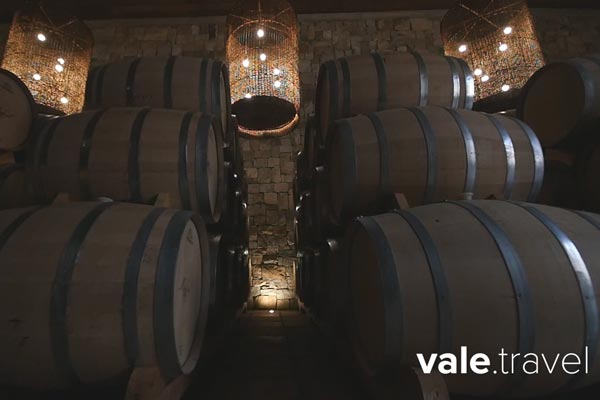
VICUÑA
Vicuña is a picturesque city that concentrates the main services in the Elqui Valley, like lodging, food, supermarket and craft. It is the birthplace of the famous Gabriela Mistral, who was awarded with the Nobel Prize in 1945, becoming in one of the most important figures in world literature. In the Museum that bears her name, you can admire the exceptional life and work of our poet.
Coming from the coast of La Serena towards Vicuña we find the village of El Molle, place where the first vestiges of the pre-Hispanic culture of the same name were discovered. It has restaurants and varied accommodation services, as well as traditional selling places for its famous Chilean sweets.
Places of interest in Vicuña are its Plaza de Armas, dedicated to Gabriela Mistral; the natural viewpoint of Cerro La Virgen, from where you can see the panoramic view of the city; the Aldea Elquina, cultural center and place of craftsmen who owns raw materials of the Elqui Valley and finally the Pueblito de Artesanos at the center of Vicuña.
Notable in Vicuña is the Capel Tourist Center, where Pisco is produced, which in its many varieties has made the valley famous. It offers a tour for the plant to know the whole process of elaboration, tastings are carried out, and it has a sale room and a Pisco Museum that exhibits the history of this ancient activity.
Just 15 minutes from Vicuña is located the Embalse Puclaro, surrounded by great scenic beauty to be located next to the characteristic hills of the Elqui Valley. Having 200 million cubic meters of capacity, it offers enormous possibilities for the practice of kitesurfing.
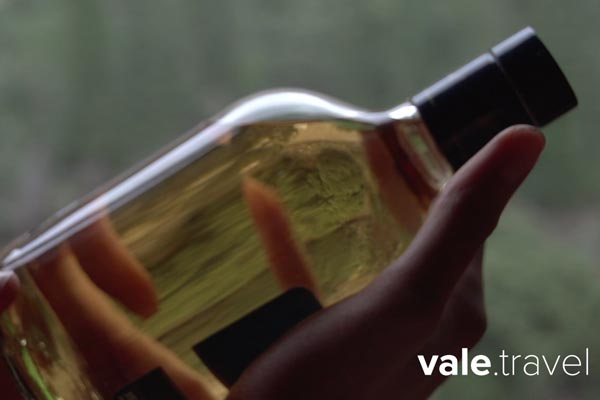
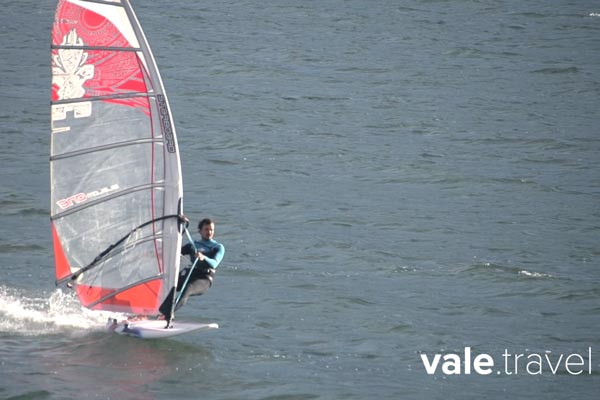
PAIHUANO
Located in the eastern part of the Elqui Valley and crossed by a river that winds crystalline at the foot of imposing hills, Paihuano is the cradle of Pisco, and it is considered a true landmark for lovers of nature, spiritual pursuit and meditation.
Also worthy of mention is the Casa – Escuela Museum and tomb of the Nobel Prize Gabriela Mistral, in the town of Monte Grande, also the valleys of Cochiguaz and Alcohuaz, with special characteristics for the practice of eco – tourism, with beautiful pre – mountain range landscapes and clean nights for stargazing.
Paihuano is Pisco and this can be appreciated in its distilleries. In the area of Montegrande there is a plant of CAPEL; in Pisco Elqui there is a plant of Pisco Mistral, belonging to the Company Pisquera of Chile. Then, on the way to the town of Horcón, you will find one of the last traditional distilleries in the region, Los Nichos Distillery. In all of them you can discover the art and tradition of the elaboration of the Chilean national drink, Pisco.
If you go to Paihuano you must visit Pisco Elqui. A meeting place for tourists and artisans, located at 1.247 meters of altitude, it is a pleasant and picturesque village that invites to the rest and the contemplation of beautiful landscapes. Pisco Elqui has a varied offer from lodging services to touristic experiences.
Ascending by the Elqui Valley, 1.400 meters of altitude, we find Horcón, which is an attractive villa made up of 30 artisans who have workshops and sales rooms. There is also a restaurant, an exhibition hall, an amphitheater, picnic area and access to the river. Horcón lives from a traditional agriculture in small farms and simple houses built of raw materials of the Valley.
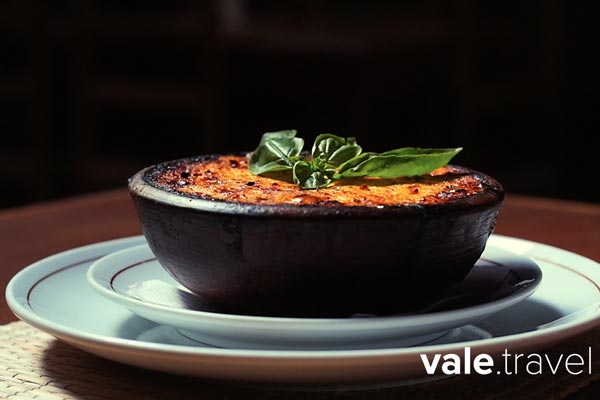
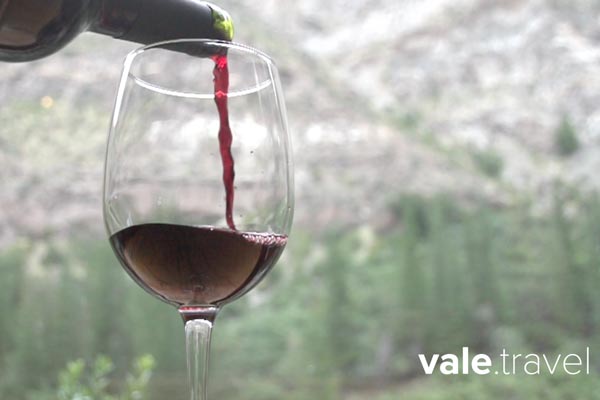
LIMARI PROVINCE
Located in the heart of the region of Coquimbo and characterized by a vigorous agricultural industry, Limarí came to be considered, in some times, the barn of Chile, condition that determines its geographic landscapes, humans, activities and cultures.
It is for this reason that in the valleys of this province a green and traditional heart beats, with hundreds of small peasant villages that invite you to know their souls, sharing rural traditions, landscapes and religious holidays. Among other attractions exists Fray Jorge National Park, a beautiful and surprising hydrophilic relict forest in the middle of a semi- desert zone.
In addition to this, a rich variety of agricultural and handicraft products, the largest amount of hectares planted with grapes for the production of pisco throughout the country and a growing development of new vineyards have found the perfect territory for generous musts and varietal wines.
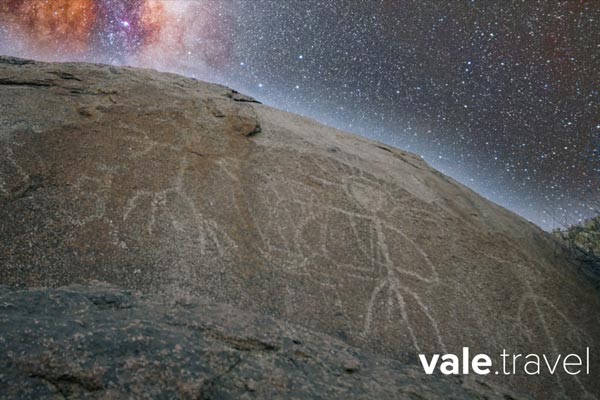
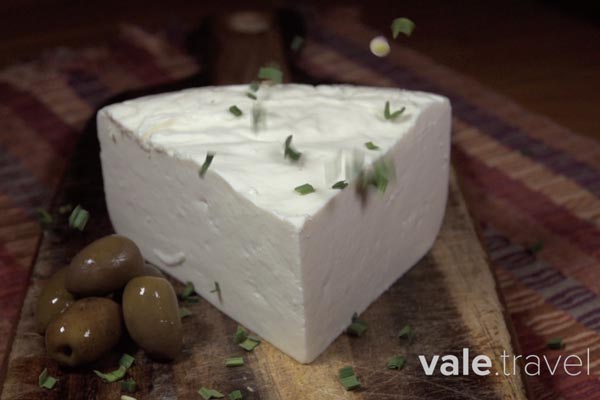
OVALLE
Known as the ‘Pearl of Limarí’, one of the main attractions of Ovalle, the provincial capital, is the Fray Jorge National Park, declared a World Biosphere Reserve by UNESCO in 1977. Here is a magnificent relict hydrophilic forest, a true natural miracle of 30 thousand years old, with flora and fauna typical of the temperate rainforest of southern Chile, in a semi-desert climate. In addition, the park was certified in 2013 as the fourth Starlight Reserve in the world, due to the quality of its night sky.
Another great point of interest is Valle del Encanto, an ancient indigenous settlement with important archaeological remains such as petroglyphs, pictographs, piedras tacitas (mortars) of Molle culture. It was discovered in 1946 and declared a Historical Monument in 1973. Its name comes from legends who say that the place is enchanted, since it allows to go back in time and participate of the offerings that the Molles gave to their gods.
Feria Modelo is an attraction that is worth visiting in Ovalle. Inaugurated in 1968 and built where formerly the State Railway Station was, it is a cultural, gastronomic and economic icon from Ovalle. It is considered the largest agricultural fair of the north of Chile, being a point of meeting for farmers of more than 200 hamlets from this zone of the Region of Coquimbo.
TOURISM BOARD OF COQUIMBO
CONTACT
![]() +56 51 2759606
+56 51 2759606
Av. Francisco de Aguirre #02, Piso 2 Oficina 20. Mall Puerta del Mar, La Serena
![]() www.camaraturismoregioncoquimbo.cl
www.camaraturismoregioncoquimbo.cl


